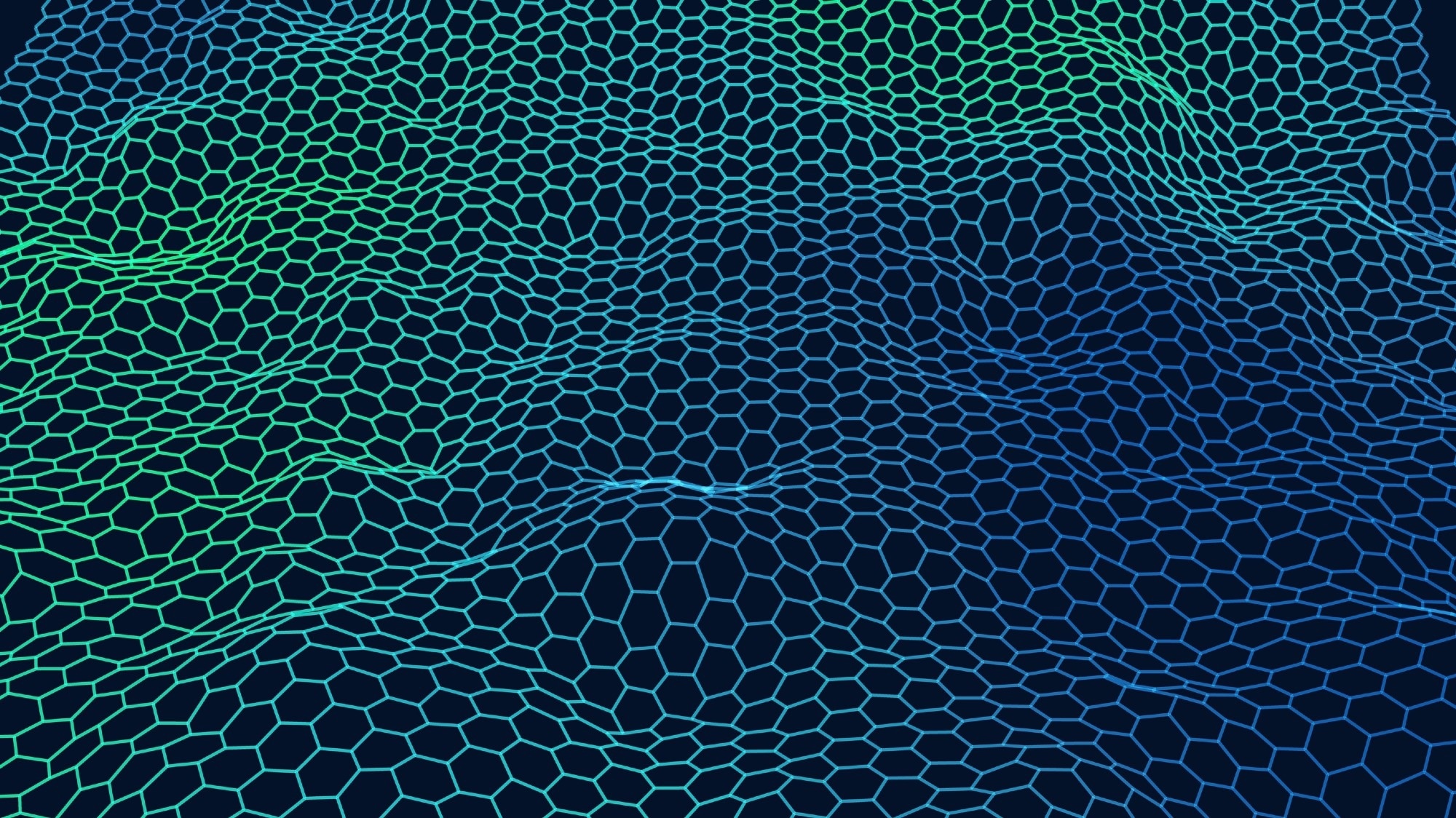In a recent article in Scientific Reports, researchers investigated the potential of graphene-based nanocomposites, specifically graphene/acrylonitrile butadiene styrene (ABS) composites, as effective shields against gamma and X-ray radiation. This research assessed their shielding capabilities across various radiation energy levels and compared them to traditional materials like lead and tungsten.

Image Credit: SkillUp/Shutterstock.com
Background
Radiation shielding is essential to protect individuals and equipment from ionizing radiation. Traditional shielding materials, such as lead, are effective but heavy, limiting their use in weight-sensitive applications.
Graphene, a single layer of carbon atoms arranged in a two-dimensional lattice, has gained attention for its remarkable mechanical, thermal, and electrical properties. When combined with polymers like ABS, graphene nanocomposites offer the potential to enhance radiation shielding while maintaining a lightweight structure.
Previous studies have shown graphene's effectiveness in electromagnetic shielding, but its role in protecting against ionizing radiation like gamma and X-rays had not been thoroughly examined until this study.
The Current Study
The study aimed to evaluate the radiation shielding properties of graphene/ABS composites. Graphene flakes were incorporated into the ABS matrix using a solution casting method. Initially, the graphene was dispersed in a solvent to create a uniform suspension, followed by the gradual addition of ABS. The mixture was mechanically stirred to ensure homogeneity and then cast into molds, curing at room temperature.
Radiation measurements were performed using a calibrated X-ray generator (model HF 320) and a Cs-137 radioactive source, emitting gamma photons at energies of 122 keV, 356 keV, and 662 keV. The experimental setup involved a high-purity germanium detector placed at a fixed distance from the samples to maintain consistent conditions. Samples of varying thicknesses were prepared to assess how material density influenced shielding effectiveness.
Attenuation coefficients were calculated from the recorded count rates, which measured the intensity of radiation transmitted through the samples. The experimental results were compared with theoretical predictions from the XCOM photon cross-section database, which models photon interactions with matter.
Statistical and uncertainty analyses were also performed to account for variations in detector efficiency and source activity, ensuring a thorough evaluation of the shielding capabilities of the graphene-based nanocomposites.
Results and Discussion
The results showed that the shielding efficiency of the graphene/ABS composites varied with different radiation energies. In certain energy ranges, these composites outperformed traditional shielding materials, highlighting their potential as effective alternatives.
Mass and linear attenuation coefficients were calculated, revealing that graphene-based materials offered superior attenuation at specific photon energies. The study also emphasized the importance of composite thickness, with thicker samples generally providing better shielding.
The experimental findings were validated against the XCOM theoretical model, showing good alignment within expected uncertainty ranges. However, some deviations, particularly at higher energy levels, were attributed to limitations in measurement techniques.
The study also compared different laboratory methodologies, noting that variations in detector sensitivity and source activity could affect results. Despite these differences, the overall performance of graphene nanocomposites was consistent, reinforcing their potential as viable radiation shielding materials.
The article highlighted the practical applications of these findings, particularly in industries where weight reduction is critical, such as aerospace and medical technology. The ability to adjust the shielding properties by modifying the composite formulation offers new opportunities for research and development in radiation protection.
Conclusion
This study demonstrated the potential of graphene-based nanocomposites as effective shields against gamma and X-ray radiation. The research emphasized the energy-dependent nature of radiation attenuation and showed that graphene/ABS composites can outperform traditional materials in certain energy ranges.
These findings add to the growing body of knowledge on advanced materials for radiation protection, suggesting that graphene-based solutions could play a key role in future applications.
As demand for lightweight and efficient shielding materials increases, further exploration of graphene composites is essential to fully optimize their capabilities for industrial applications. This study not only introduces innovative materials for radiation shielding but also highlights the need for continued research into the versatile properties of graphene and its composites.
Journal Reference
Filak-Mędoń K., et al. (2024). Graphene-based nanocomposites as gamma- and X-ray radiation shield. Scientific Reports. DOI: 10.1038/s41598-024-69628-5, https://www.nature.com/articles/s41598-024-69628-5